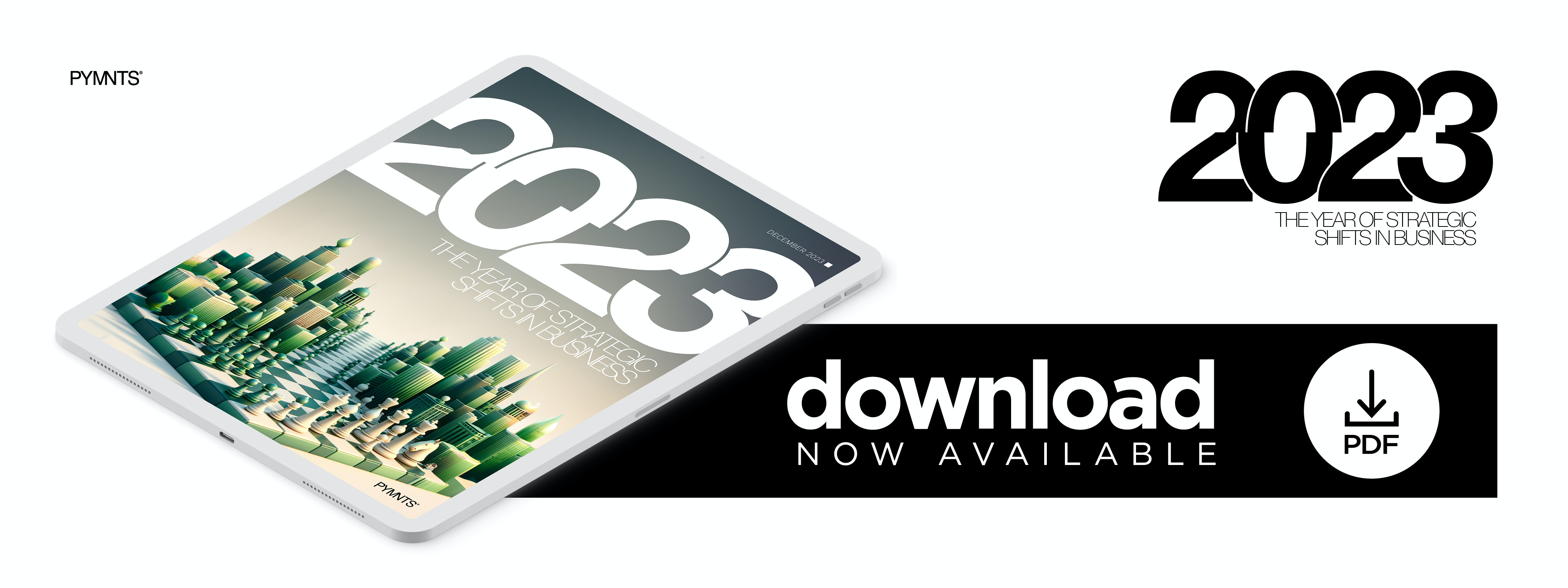New Realities of Global Compliance Demand a New Approach

PYMNTS asked industry executives across the payments and digital commerce landscape to give us their take on the pivotal shifts, technological advancements and strategies that have shaped business in 2023. Alice Katwan, president of revenue at Sovos, predicts that this year, businesses will start to embrace a holistic strategy through a platform approach to global compliance.
The year 2023 highlighted a new reality for businesses: Governments’ demand for data is on the rise — in terms of both volume and speed — as they continue to realize the benefits of transaction data.
This rapidity of change, combined with global variances, is outpacing the required reaction time for most businesses.
Globally, more than 19,000 tax jurisdictions exist, and nearly all of them are undergoing some level of digital transformation. Examples of this dot the globe. In the United States, we see a concerted effort to lower reporting thresholds and push eFiling initiatives; in EMEA, there are new mandates in countries such as France and Poland, and the introduction of VAT in the Digital Age.
The Mandate Motivation
Over the past decade, regulatory bodies have realized how to better use technology to increase transparency and eliminate fraud to spur economic activity and close tax gaps. This is not taking place in a vacuum; consumers have also been demanding greater transparency and trust due to the amount of personal and financial data they are required to share. These changes ultimately create unnecessary burdens on businesses, which lead to inefficiency and higher costs.
Adding to the tension is a fundamental lack of strategy in global and regional compliance management. In response, most companies have addressed each mandate or rule change as a single issue and have not applied a broader, end-to-end solution approach. This is problematic for several reasons. First, the lack of a global view of your compliance posture leads to conflicting data and costly mistakes. Second, it creates a resource drain on IT and finance organizations to manage multiple — sometimes hundreds of — different point solutions.
2024: Year of Connected Compliance
In 2024, we are witnessing more of the same. Tax authorities around the world have either already announced new mandates and guidelines or are actively planning for them. However, I predict that this will be the year when businesses leave their point solution purgatory once and for all. They will pivot and start to embrace a holistic strategy through a platform approach to global compliance.
Why am I so confident? We’ve seen it before. The global compliance industry is closely mirroring what has taken place in several other core technology categories, including customer relationship management and enterprise resource planning. History tells us from both examples that volume and complexity overwhelm organizations’ abilities to track and manage information and processes with any sense of reliability or data integrity. The result? The market demanded a larger, more robust and capable solution.
In the early days of compliance, the stick was the primary motivator wielded by government entities — be compliant or face the consequences of costly audits, fines and possibly even loss of a business license. Today, we find that the data and insights uncovered through a centralized compliance platform are the ultimate carrot.

